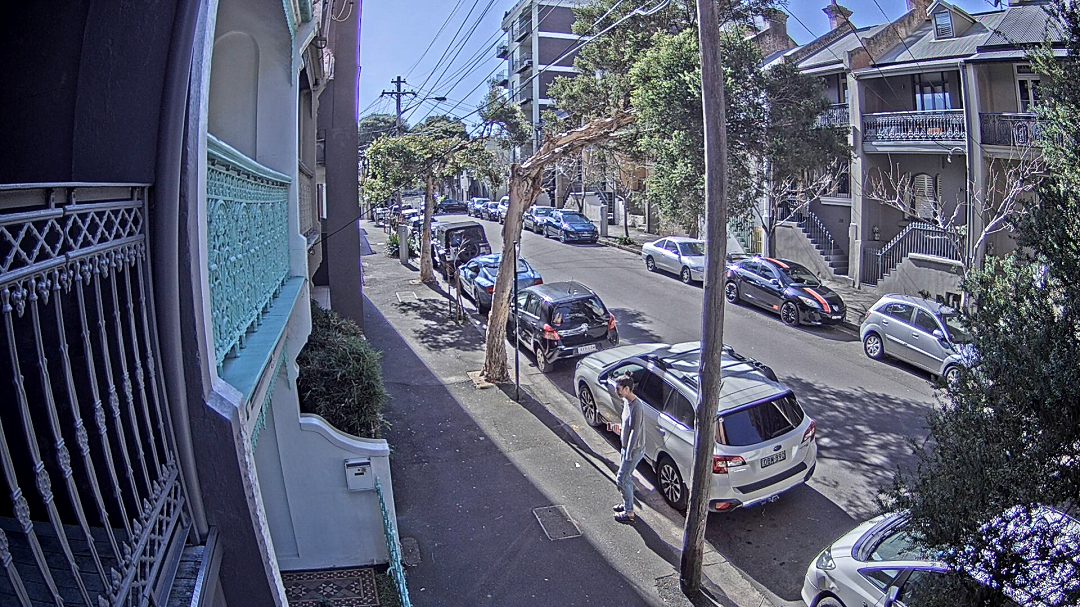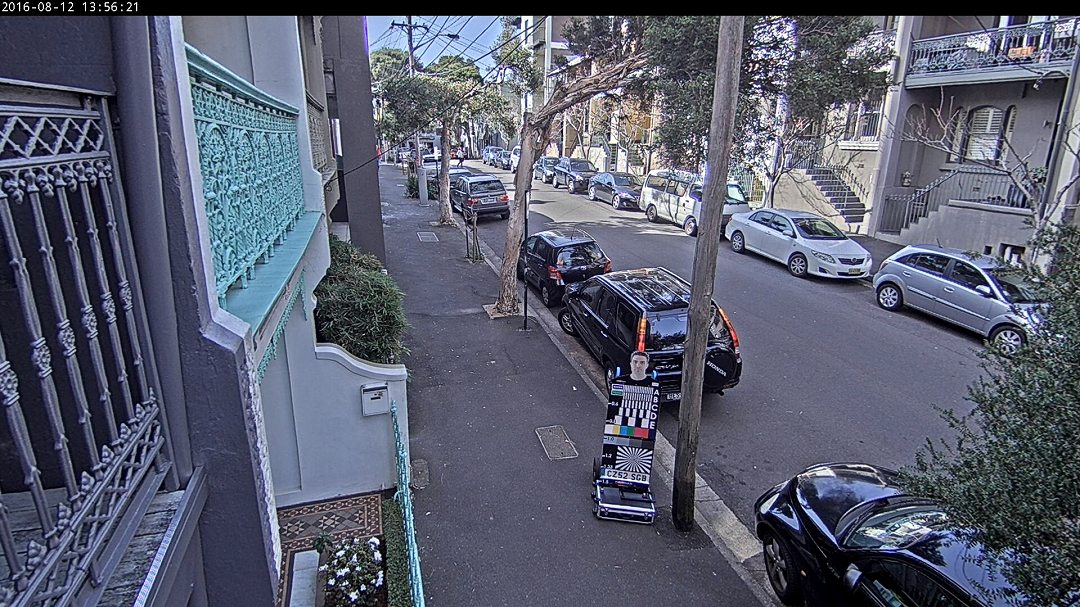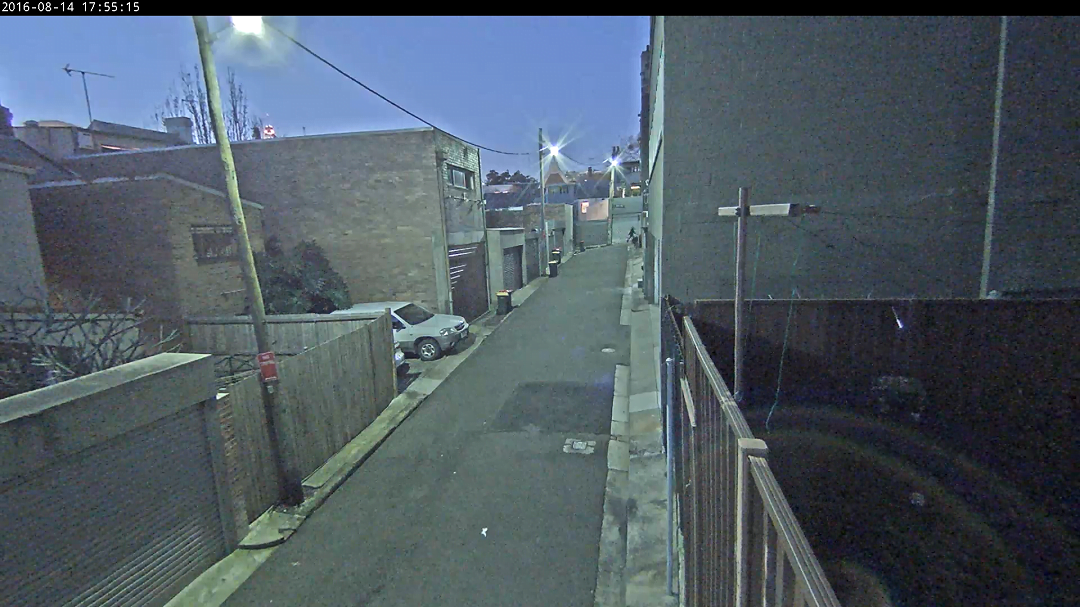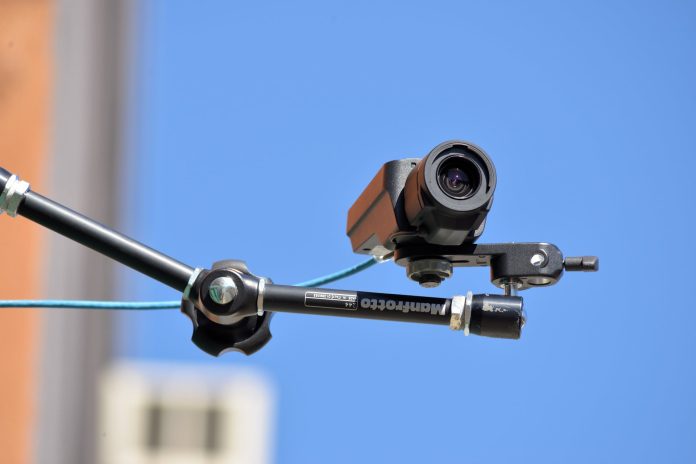Axis Q1615 Mark II with i-CS lens arrived at the SEN office the other day and about 10 minutes later it was up and running as I tried to work out whether or not the partnership between Axis and Computar lives up to the hype.
Actually, it does. The 1080p Q1615 was good anyway and the Computar 2.8-8.5mm i-CS lens; which communicates data about baseline lens geometrical distortion and the exact position of its zoom, focus and iris opening; takes the camera’s capabilities to a higher level. What this camera’s distortion correction does is allow the use of a very wide angle motorised varifocal lens without any of the distracting hobbit hole effect you always see at 2.8mm. Typically, I'd be reaching for about 4.5mm with a lens in this range but you don't need to dial out distortion with the Mark II.


In the first image you can see classic barrel distortion – in the second, with distortion correction activated, that's all gone. Discounting CAs, the first image highlights the excellent variegated light performance.
In terms of overall capabilities, backlight performance is a strength, there are high levels of detail, strong depth of field day and night, good work with plates, excellent work with faces, good colour rendition and exceptional work with WDR. The very fast F1.2 Computar i-CS lens magically combines with the camera to blitz backlight, delivering lovely 4-pointed aperture stars on bright points with virtually no blooming. There's some diffractive lens flare at times but it's forgiveable.

Here we are in 2.5 lux at the lens at 2.8mm. There's a little noise and some noise reduction artefacts but it's great performance. There's a person clearly visible walking up Albion Lane at 70 metres.
Low light performance is great. Motion blur is moderate at balanced camera settings and the camera clings to colour like a terrier. When pushed into low light mode it offers useful image streams at sub-2 lux and excellent crisp contrast in the presence of IR.
Full review of the Axis Q1615 Mk II here! ♦
By John Adams











